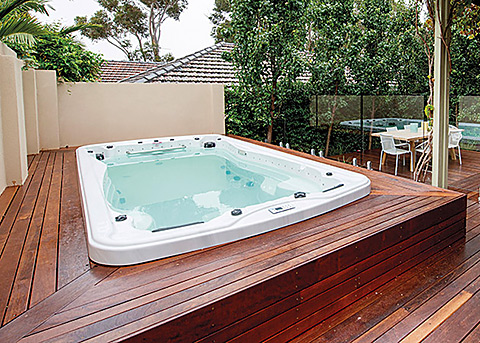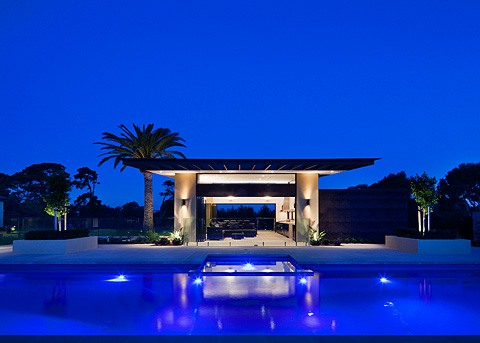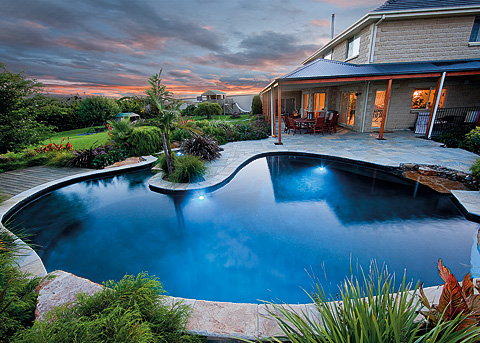Heat pumps are super efficient - just 2kW of electricity can produce 6 to 10kW of heat.
Heat pumps have been used for pool heating for many years, although mainly for commercial users. The lowering cost of the technology sees it now playing a far more significant role for the home pool owner.
For the technically minded, heat pumps gather heat from the surrounding atmosphere by drawing heat through the unit. It is then transferred to the refrigerant where the temperature is increased by compressing the refrigerant.
That heat is then transferred to the pool water. In this way, heat pumps are a powered form of solar heating.
ENERGY EFFICIENCY IS THE KEY
Electric heat pumps are extremely energy efficient. They consume very little electrical energy to operate, and produce much more in the form of heat. For example, if a heat pump consumes 2kW of electricity it will produce 6 to 10kW of heat energy.
SIZING
Pool Heat Pumps range from 6kW to 300kW output. Which one suits your application will depend on careful consideration of the following factors:
- Location – local climatic conditions will have a bearing on performance
- Target temperature – it’s your choice, however as a guide:
- exercise or recreational pool 24 to 28 degrees C
- therapeutic exercise 28 to 35 degrees C
- spa pool 34 to 38 degrees C
- Pool volume – the amount of water to be heated can be determined by multiplying the surface area in square metres by the average depth (including wading areas and spa)
- Shading and exposure to wind – these can effect the heat losses and gains of heated water
- Pool position – indoor or outdoor
- Swimming season – do you want to swim all year round or just extend the season?
INSTALLATION
Heat pumps are usually installed outdoors since they extract heat energy from the surrounding air. If installed indoors, they require large volumes of intake air, and the discharge of chilled air must be vented outside away from the unit. Positioning of the heat pump should be carefully considered so that noise levels create minimal disturbance.
Plumbing can be included as part of the pump / filter network, or as a separate heating circuit. Average size domestic installations generally require a single-phase electrical connection. Larger pools may require three phase power. Where available, time-of-use or off-peak electricity tariff connection will further reduce running costs.
CONTROL
All heat pumps should have some form of flow control device to prevent the unit operating without adequate water flow. All are thermometrically controlled with either analogue dial type units to microprocessed digital devices. These types all control the pool temperature to your desired setting with the digital devices displaying the settings more clearly.
Some manufacturers also provide additional controls including time clock or pump interlock to ensure the most economical operation of the heat / pool pump. The addition of a pool blanket is strongly recommended. See SPASA Victoria Fact Sheet 14 on Covers & Blankets.



